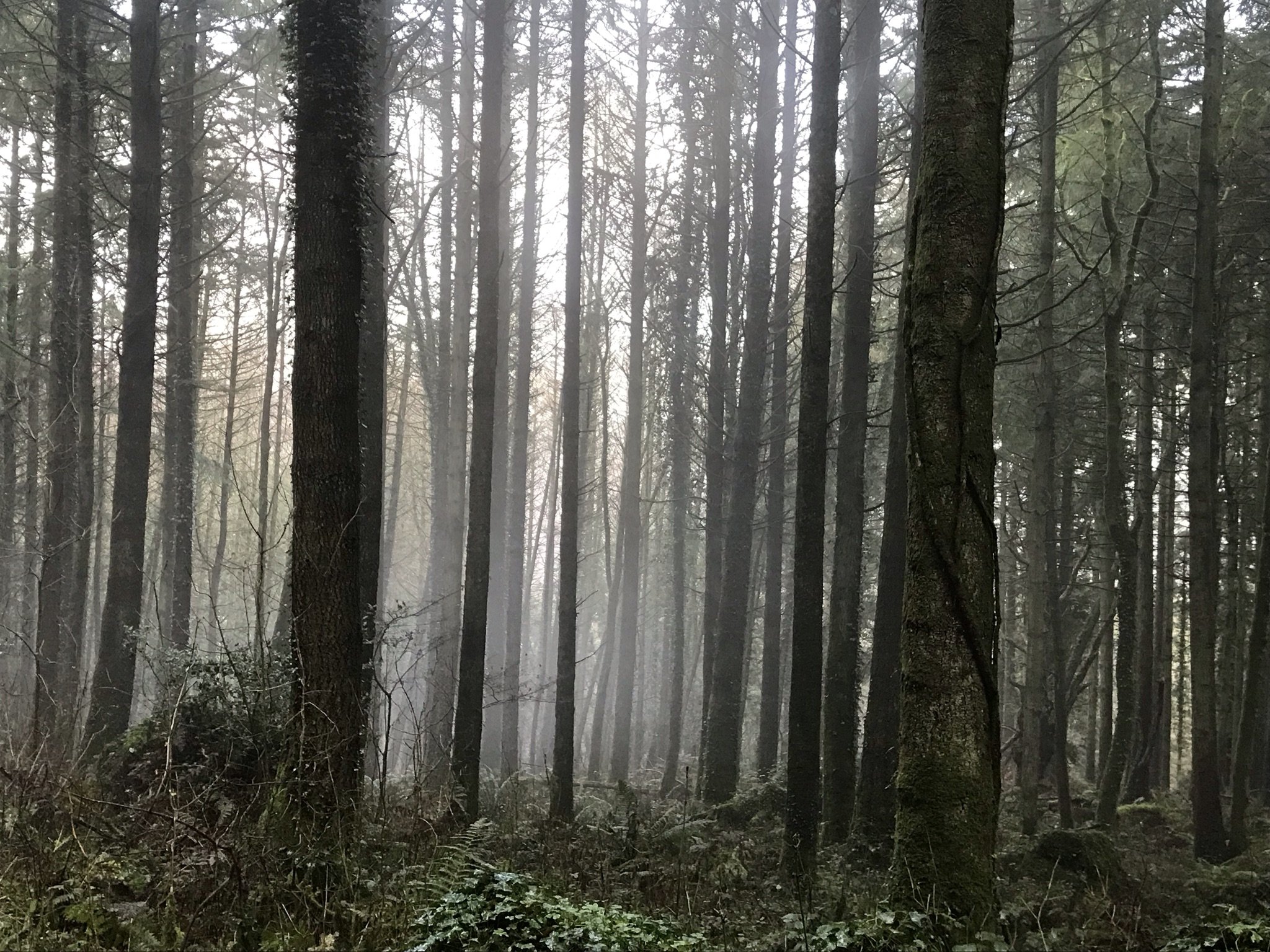Material sourced by Colin Burbidge
Overcrowding of families in unsuitable dwellings was a continuous problem in the late Nineteenth century for the forerunners of today’s local authorities. This was a national problem, not confined to city slums, but also common in rural areas - people on low wages with large families suffered most. Unsurprisingly a small hamlet like Murchington did not escape altogether. Murchington came under the wing of Okehampton Guardians and their Rural Sanitary Board.
On 5 January 1881 the “Western Times” newspaper reported a typical case. A labourer from Murchington was summoned for overcrowding by Mr. Yeo, Inspector of Nuisances for Okehampton Guardians, under the Public Health Act. On a previous visit on 16 July 1880, he had been told by the labourer’s wife that there were 7 in the family, herself, and husband, 2 grown up sons, aged 20 and 17, a grown daughter and 2 children. They all slept in one bedroom, which was 14 feet by 12 feet and 7ft 3inches high.
It was a serious case, but far from unique. On 14 March 1884, the “Western Times” reported another severe case of overcrowding presented to the Sanitary Board by Mr. Yeo involving a limestone quarryman who occupied a cottage at Meldon. The cottage had one living room and one bedroom in which slept the quarryman, his wife, sons aged 23, 21, 19, and 18, 2 more sons aged 10 and 8 and another daughter aged 6. The bedroom measured 12 ft by 12ft 3inches and had no proper ceiling. There were 3 beds in which to sleep all 9 people. The cubic measure was 165 cubic feet per person, very much below the proper amount for a sleeping room.
The Board called on their Medical Officer of Health, Dr. Bennett, to visit and report. Additionally, there was a second cottage at Meldon which had a large hole in its thatched roof through which the rain came freely. The ceiling would very soon fall in if not attended to. The Sanitary Board ordered steps to be taken to stop the overcrowding at Meldon, closing both cottages as uninhabitable. The newspapers do not comment on the fate of the Meldon families thereby displaced.
A fortnight later, on 28 March 1884, the “Western Times” carried an editorial prompted by the quarryman’s predicament, which strongly echoed the sensational language of Andrew Mearns’s pamphlet The Bitter Cry of Outcast London, then grabbing headlines nationwide:
“While on local matters we regret to have to draw attention to the condition of some dwellings of the poor in rural districts. The case is referred to on our 2nd page by the Okehampton Guardians. In a 2-room cottage where father, mother, 6 sons, from 22 years old downwards, and a 6-year-old daughter all sleeping in one room, a bed had lately been made up for a daughter of 17 in the lower room, to give birth to an illegitimate child.
When the poor are huddled together in this way modesty is an undeveloped sentiment.
The habits of “a savage’s life” would give a girl a better chance of acquiring the safeguard of her sex than this “pigging” which the Sanitary Authority of Okehampton have now under their eye at Meldon Quarries.
The Prince of Wales is a member of the Royal Commission which is charged with enquiry as to the dwellings of the poor. We hope his Royal Highness will not imagine that the rural districts are in a satisfactory state in this respect”

















